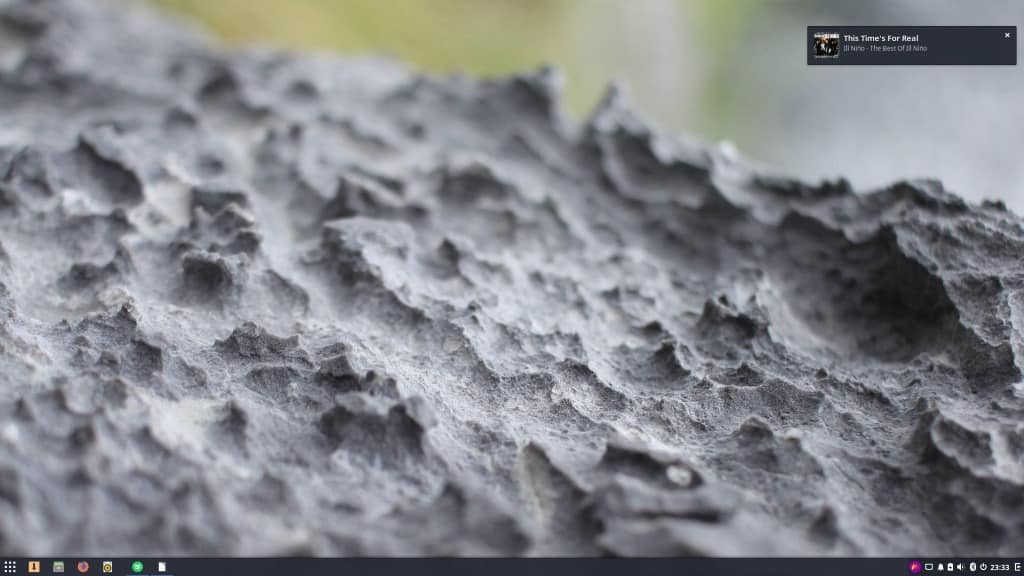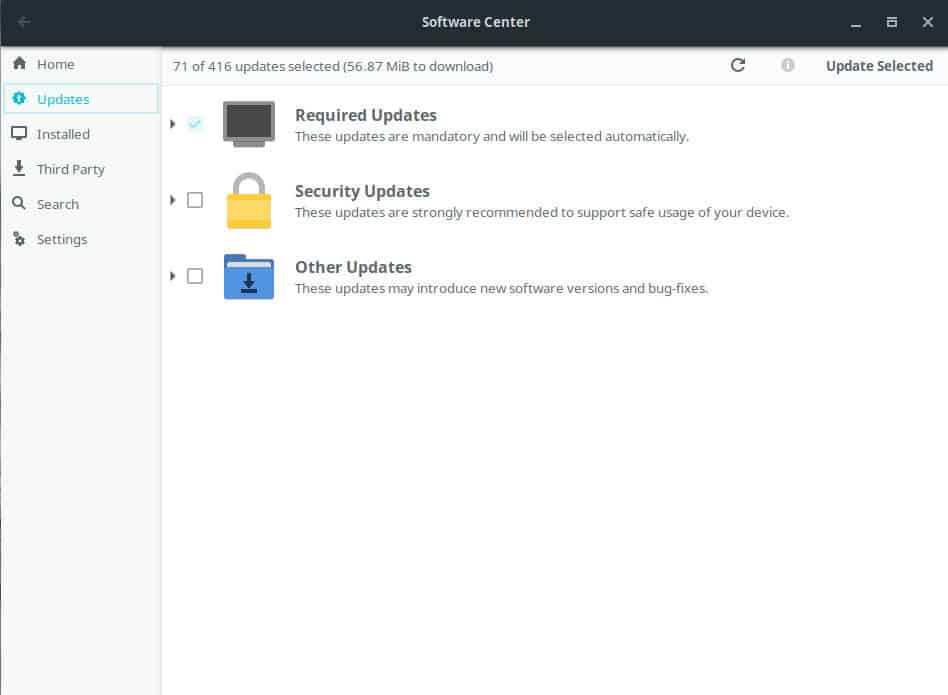A Look at Solus 3 Budgie, GNU/Linux Distribution
A Look at Solus 3 Budgie, GNU/Linux Distribution
The last time I tried Solus, it was still in its infancy stages, and it wasn’t to my tastes really. I had been thinking of which Linux distro to take a look at next, and I wanted to pick something that wasn’t based off Debian / Ubuntu / Arch / Gentoo / OpenSUSE or any of the majors, so I decided to give Solus 3 a try, being a completely independent distro – And it wasn’t bad.
Installation
The Solus 3 installer, is actually probably the nicest I have used yet, and made the process of overwriting Linux Mint, extremely simple, and mostly automated – No manual partitioning needed, while keeping my Windows dual-boot.
Installation was pretty quick, no errors, and I was up and booting into my new system in a jiffy. You can check out the official installation guide which walks you through the steps of getting the Linux distribution on a DVD or USB Flash Drive for installation.
First impressions

My first impression, was that everything was extremely attractive. Theme, wallpaper, icons, animations, menus...I just really enjoyed how it looked. Unfortunately, it was slow.
I was using a laptop with a 4th Generation i5 processor, and 8 gigs of DDR3, with an SSD, and it still felt a bit...sluggish.
The initial update was quite slow, but overall I just found that programs opened significantly slower than on other systems I have ran.
Solus uses their own environment, called Budgie, and as stated before I think its absolutely gorgeous, but it reminds me of KDE with just how boggy it can be if your system can’t handle it right (or maybe that’s just how it is? You tell me.)
Note that you may also download Solus GNOME or Solus Mate if you prefer these environments. Solus Mate especially may run better on older hardware according to the developers.
As far as requirements go: Solus requires a minimum of 10 Gigabytes of space on a storage device, 2 Gigabytes of RAM for an optimal experience and a 64-bit process.
Applications / Software

Solus came with the typical LibreOffice suite, Rhythmbox, Firefox, Thunderbird, Gparted… Typically, all the things the casual user will need.
However, I started noticing issues right away when installing new software. I installed Spotify from the “Third-Party” list of software from within the Software-Manager (which is gorgeous, and really well laid out!) and once it was finished, I had to logout and log back in, before it would appear in my Applications menu. This happened to me on a couple of other occasions as well.
Overall, again, the sluggishness of applications loading on my machine was noticeable, but not unbearable. There was plenty of software available that I searched for in the repositories, and although I didn’t search for anything super obscure, I didn’t seem to have any trouble installing anything I needed; except Shutter.
I was surprised to find that my typical go-to screenshot software was not available by default in the repositories. I did however find another application with a built-in editor to try, called Flameshot (which did not require a logout for menu addition) and I have to say, it definitely gives Shutter a run for its money.
this topic Copy
Transported


Aucun commentaire: